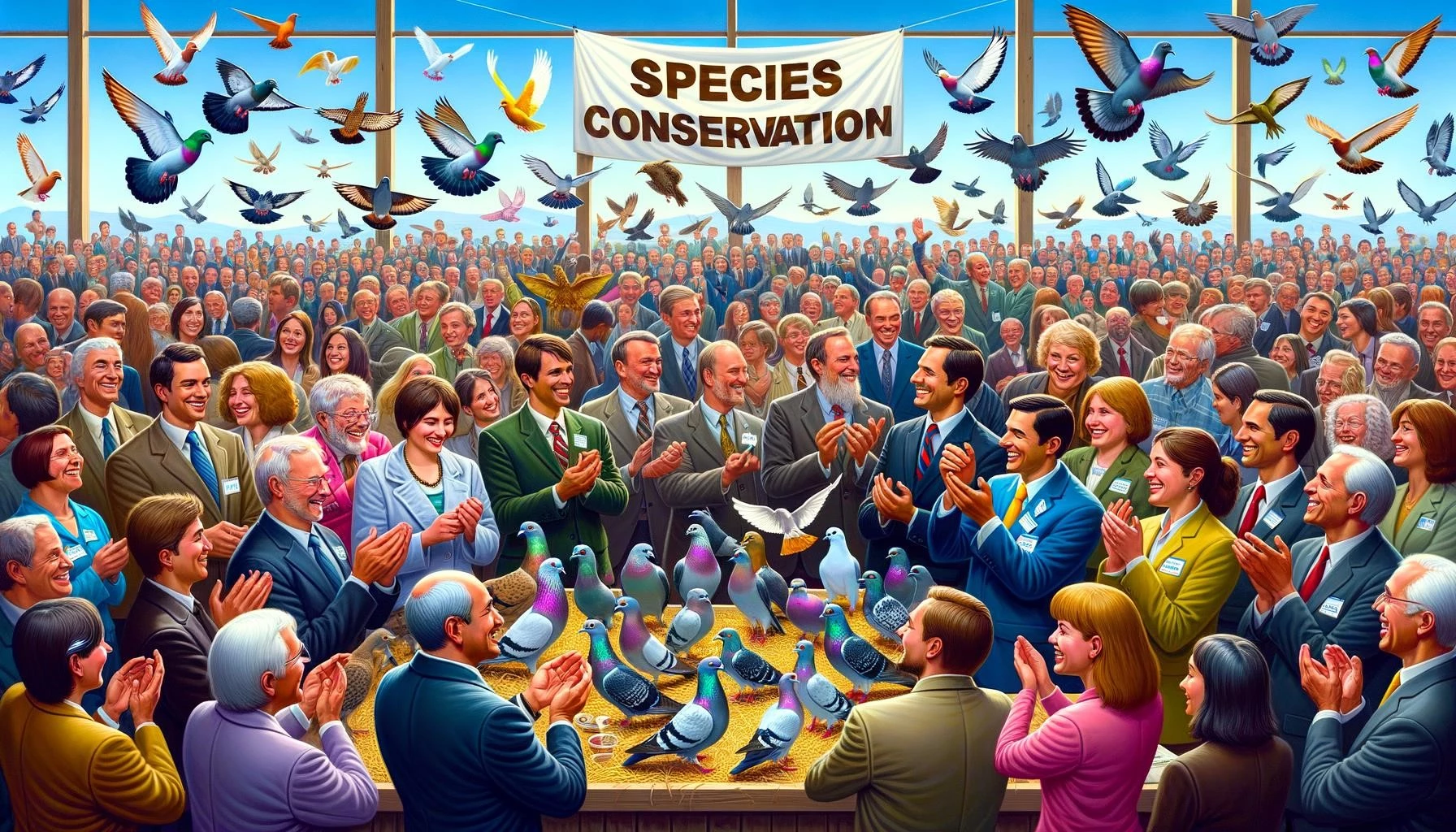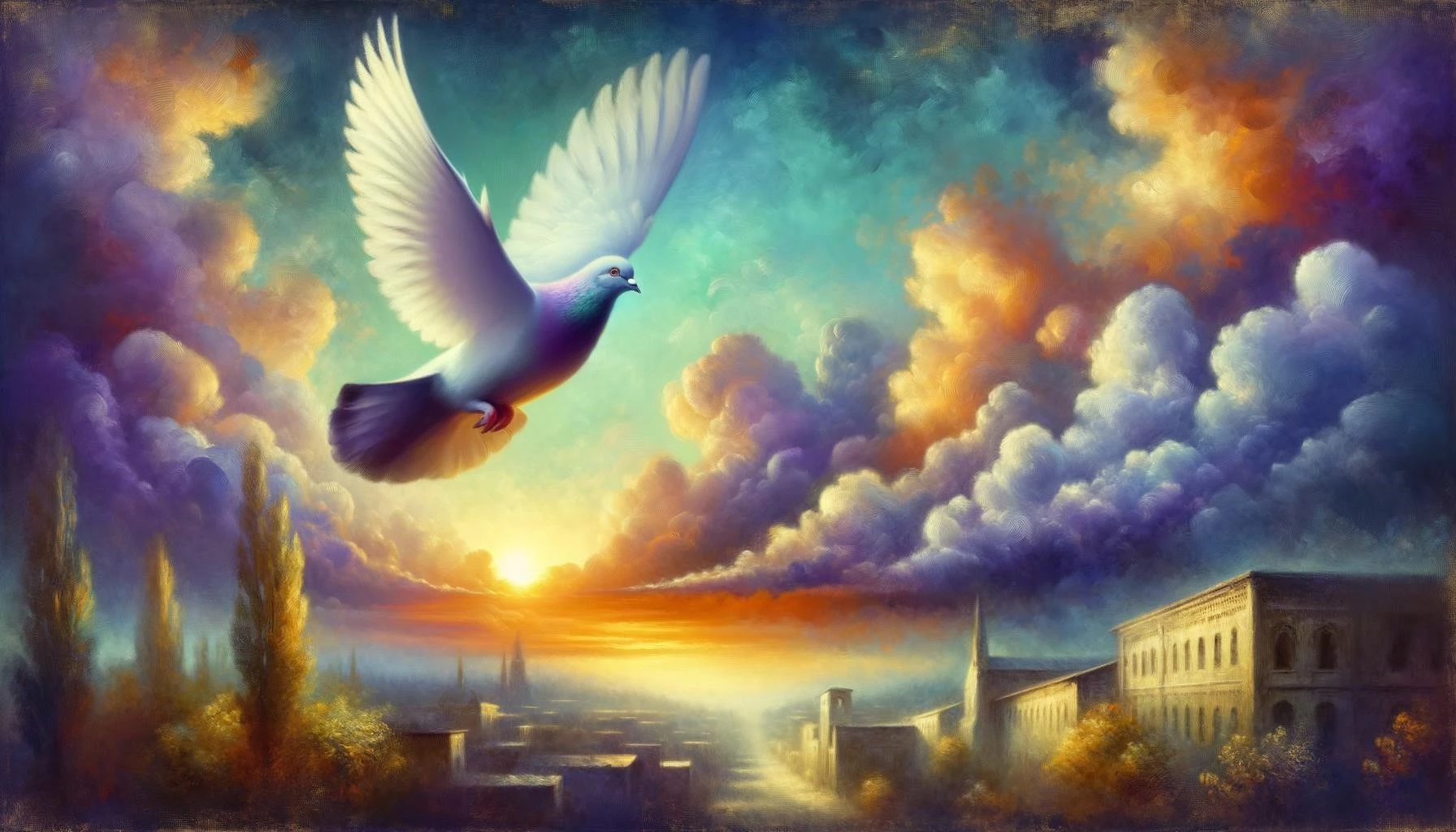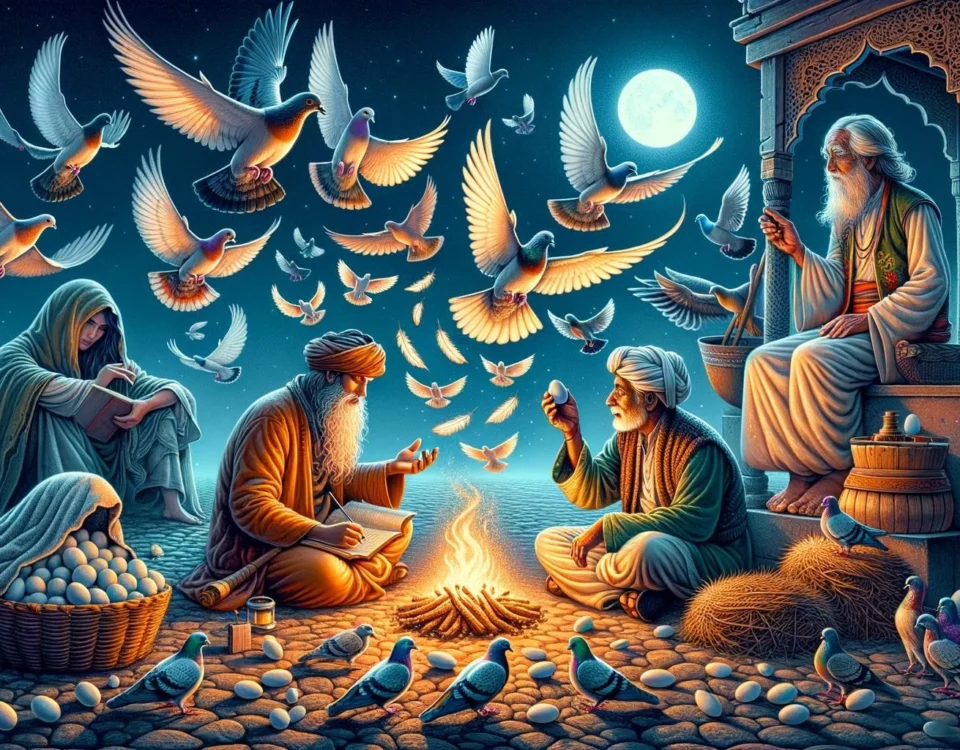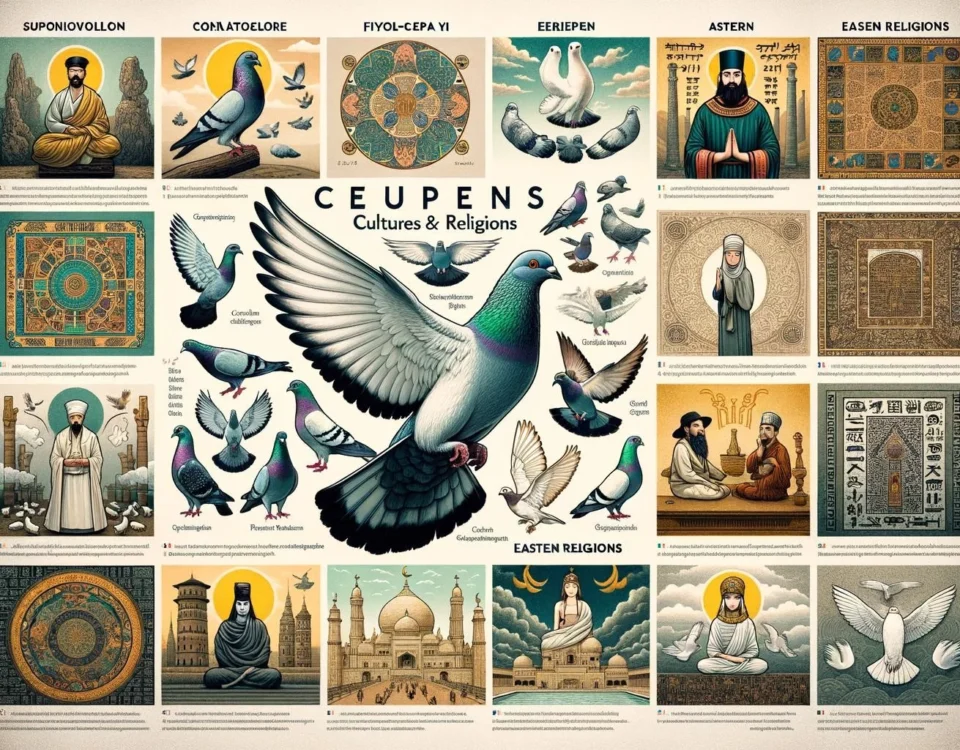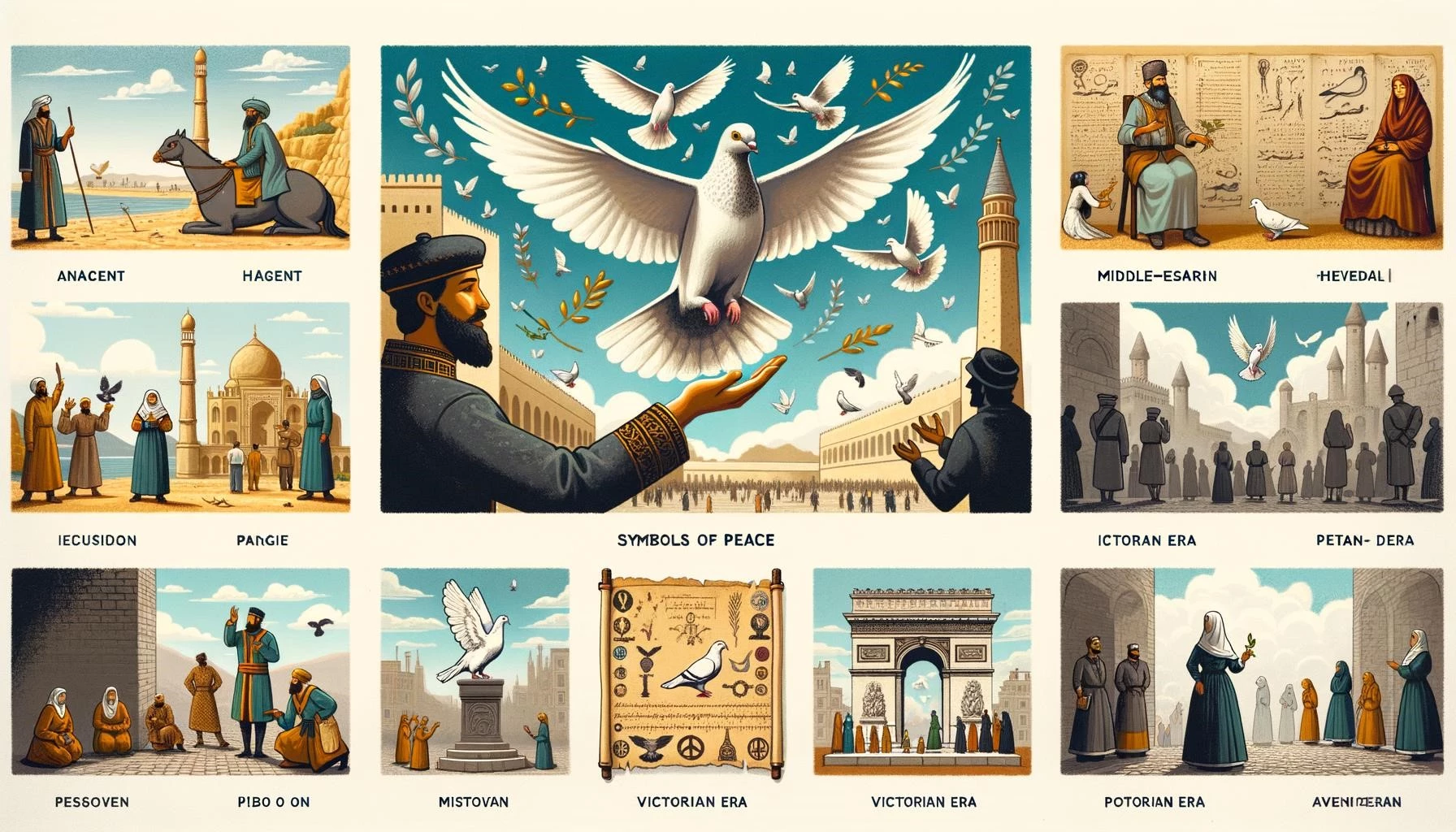Pigeons have long been a subject in art, representing various symbolic meanings and themes. From religious symbolism to representations of peace and love, these gentle creatures have captured the imagination of artists throughout history. In this article, we will delve into the symbolism of pigeons in painting and explore their significance as a subject matter in different artistic contexts.
Key Takeaways
– Pigeons have been depicted in paintings as symbols of loyalty, marriage, spirituality, instinctual elevation, and sublimation.
– They have also been associated with themes such as peace, love, hope, and harmony.
– Pigeons have served as subjects in religious art, representing various spiritual and divine qualities.
– The use of pigeons in paintings can be traced back to ancient times and continues to be a popular motif in contemporary art.
Religious Symbolism
One of the significant aspects of pigeon symbolism in painting relates to its association with religious themes. Pigeons have been depicted in religious art throughout history, symbolizing various spiritual and divine qualities. In Christian art, pigeons often represent the Holy Spirit, acting as a link between the physical and the divine. The image of a dove carrying an olive branch, a variation of the pigeon, is frequently seen as a symbol of peace and the Holy Ghost.
The use of pigeons in religious paintings can be traced back to ancient times and continues to be a popular motif in contemporary art. These paintings often explore themes of faith, spirituality, and transcendence through the symbol of the pigeon. In these artworks, pigeons may be depicted in a variety of poses, such as perched on the shoulder of a religious figure or flying freely above a holy scene, adding depth and meaning to the composition.
Peace and Love
Pigeons are commonly associated with peace and love, and this symbolism is frequently portrayed in paintings. These gentle creatures represent harmony, unity, and the absence of conflict. Artists have depicted pigeons in scenes of tranquility, often accompanied by images of couples or families, symbolizing love, togetherness, and the ideal of peaceful coexistence.
Additionally, pigeons have been used as symbols of hope and freedom, particularly during times of turmoil or war. Their ability to fly and navigate vast distances has often led to their portrayal as messengers or carriers of hope and good news in paintings. Artists use pigeons as a visual representation of the power of love and the aspiration for peace, adding a sense of optimism and positivity to their artworks.
Contemporary Depictions
Pigeons continue to be a popular subject in contemporary art, with artists exploring the various symbolic meanings associated with these creatures. From traditional paintings to abstract and experimental works, pigeons serve as a versatile symbol that can be interpreted in multiple ways.
In modern art, the symbolism of pigeons has evolved, reflecting the changing cultural and social landscapes. Artists may incorporate pigeons into their works to address issues such as urbanization, human-animal relationships, or environmental concerns. These contemporary artworks challenge traditional perceptions of pigeons and expand their symbolic significance beyond their traditional meanings, inviting viewers to reflect on broader contemporary issues.
In conclusion, pigeons hold deep symbolic meaning in paintings, encompassing concepts such as spirituality, peace, love, loyalty, and more. Artists throughout history have explored these symbolic implications, whether in religious or secular contexts. The portrayal of pigeons in paintings continues to evolve and resonate with contemporary audiences, serving as a timeless motif that captures the essence of human emotions and aspirations.

